�
Topology optimization and the basic of
quantum mechanics
Applications
Quantum well solar cells
Quantum dot solar cells
Future works
Time-independent Schrodinger equation:
−
d
2
2
ψ
m dx
2
2
+
V
ψ ψ
E
=
Which is a wave equation and similar with
that of the Electric-magnetic equation. So we
will try to extend the method of optimizing
EM field to the quantum field.
�
For a periodic potential,
V x a
+
(
)
=
V x
( )
The wave function satisfies
ψ
(
ψ
x a
+
)
=
e
iKa
ψ
x
( )
The solutions of the energy is then a band gap structure
nE
�
First we can use the following potential as an example
V
V0
x
The electric structure of this periodic potential will be a band gap
structure. The relative band gap between band n and n+1 can be
written as
E
Δ
n
E
0
n
=
2
min :
min :
E
n
E
n
−
+
1
+
1
+
max :
max :
E
n
E
n
( )V x
Using potential as design variable and as the objective
function, we can do the topology optimization procedure to make it
maximum or minimum.
E
Δ
n
E
0
n
�
In QWSC, the lattice mismatch between the
two materials leads to misfit strain in the well,
which is reported to have a negative effect on
the transition efficiency. Ekins – Daukes
(2001) et al. developed the stress-balance
method to reduce this effect.
�
The thicknesses of materials 1 and 2 are
selected appropriate such that the lattice
constants satisfy
According to the experiments of Ekins-Daukes, the efficiency is
remarkably improved by strain-balance, and the dark-current is much
weaker than the former method. So strain-balanced quantum well is
mostly adopted in current studies about QWSC.
�
But
there are still other problems. For
example, given two kinds of materials, the
thickness of each layer in the quantum well is
fixed if we make the strain balanced. While in
fact the thickness is also an important factor
(Bercowicz et al., 2000; Chen et al., 2008),
when the strain is balanced, the efficiency
may be not the highest.
�
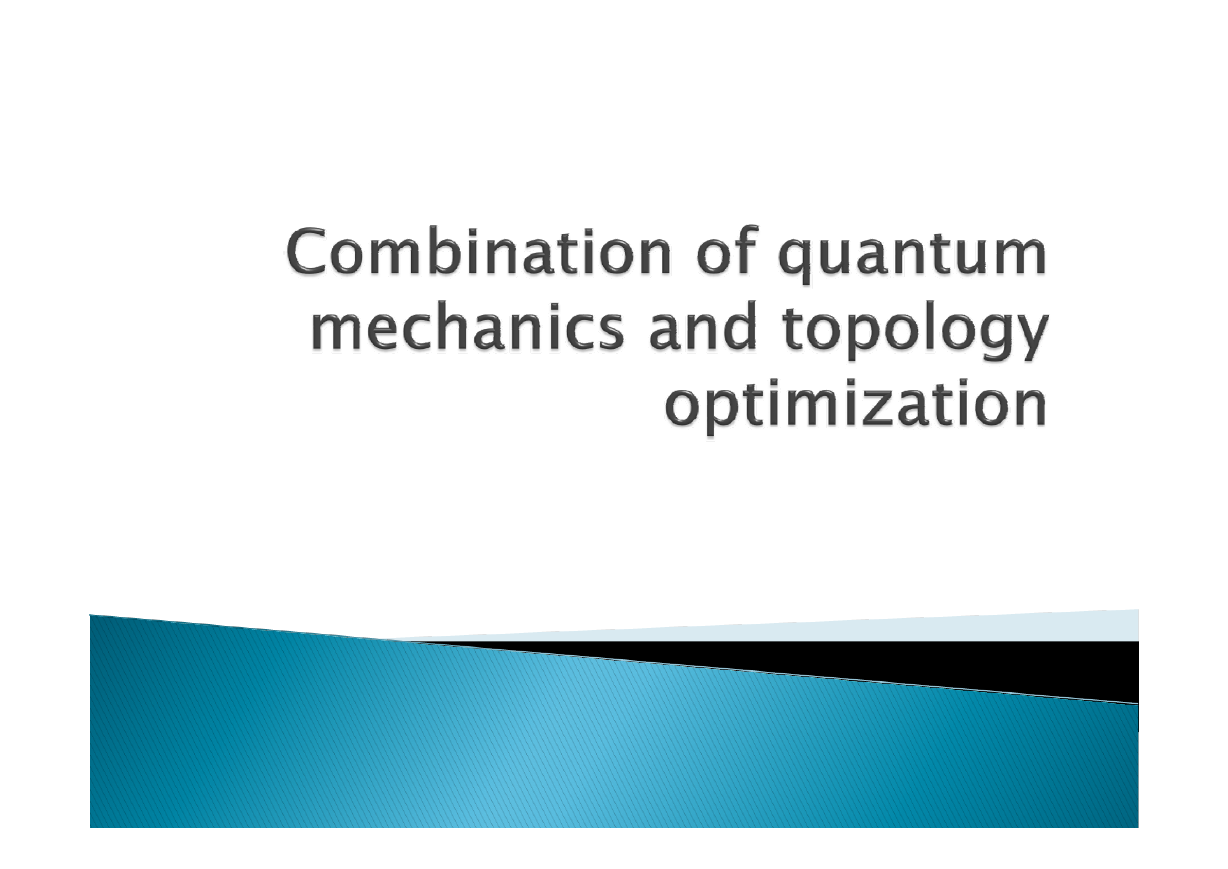
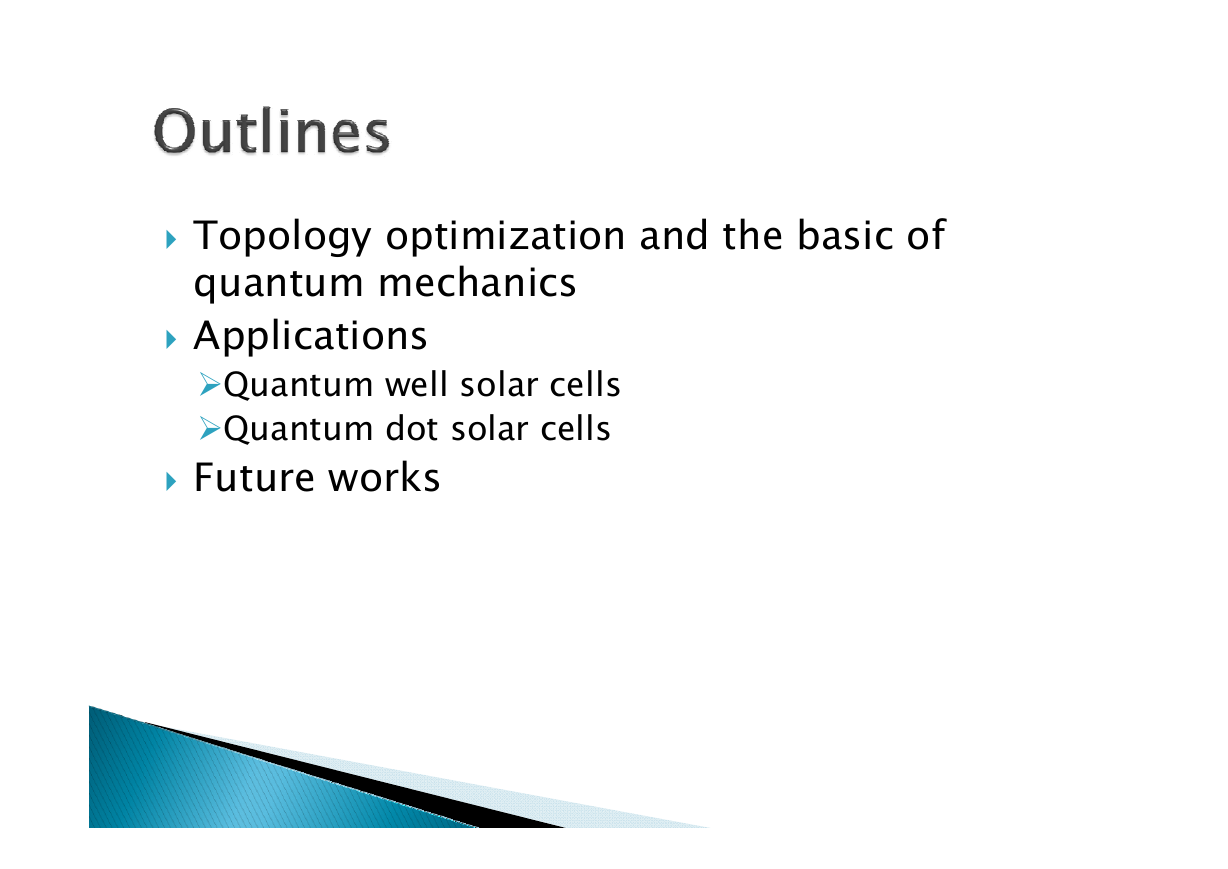
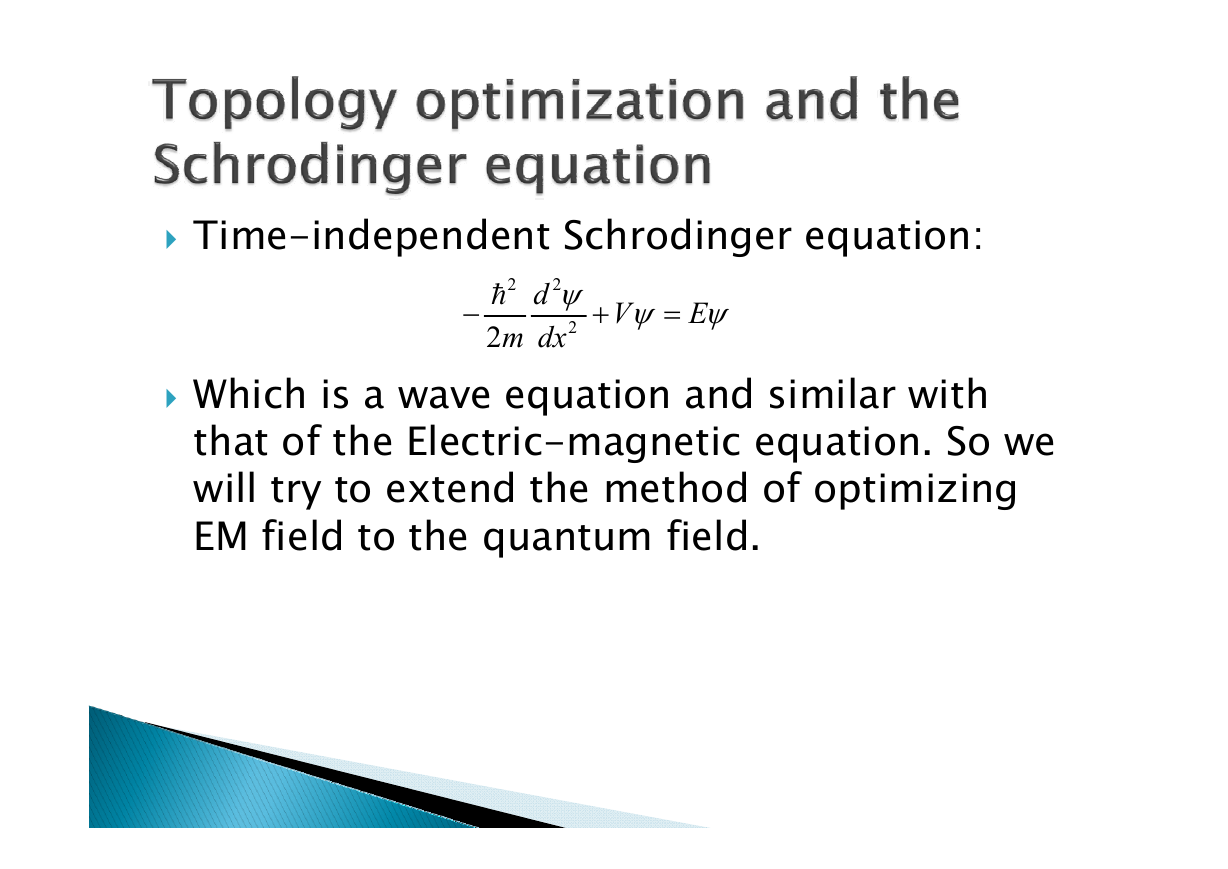
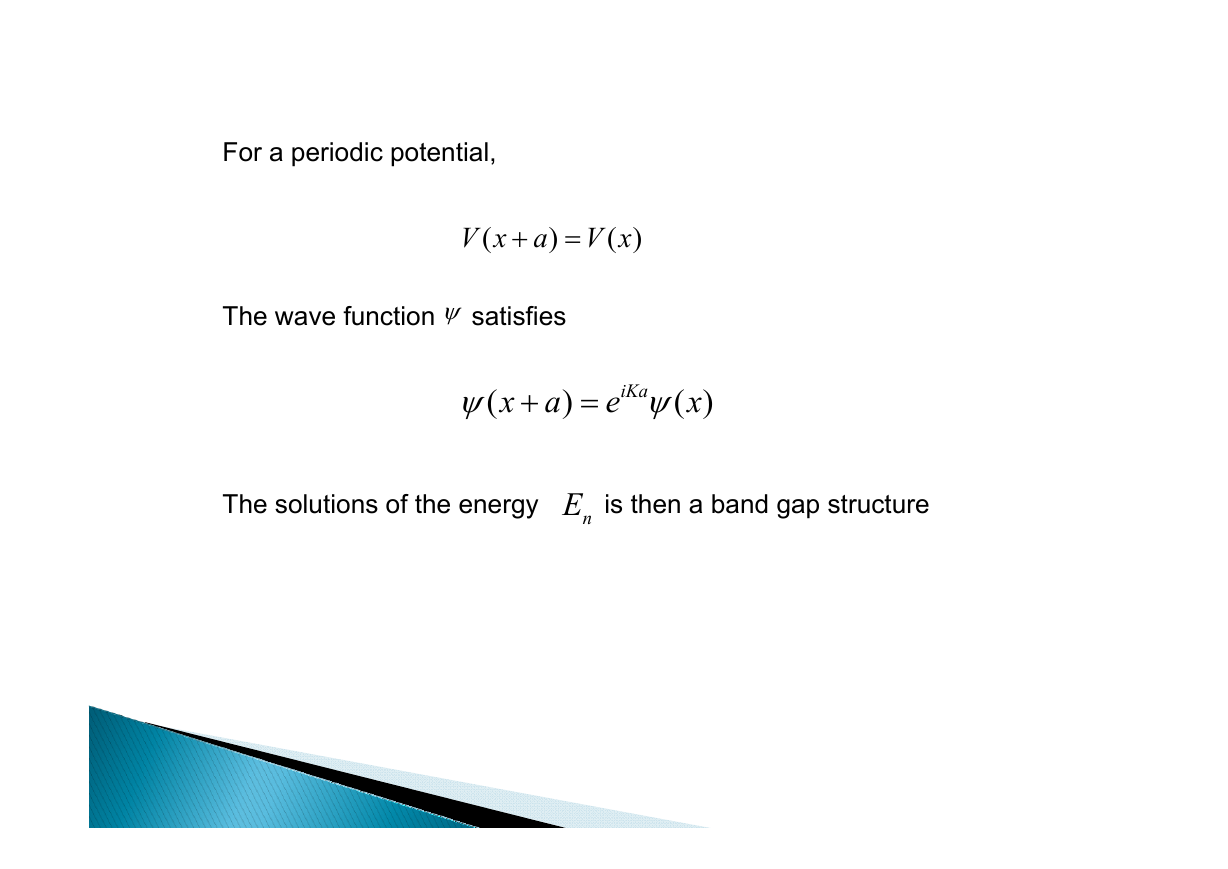
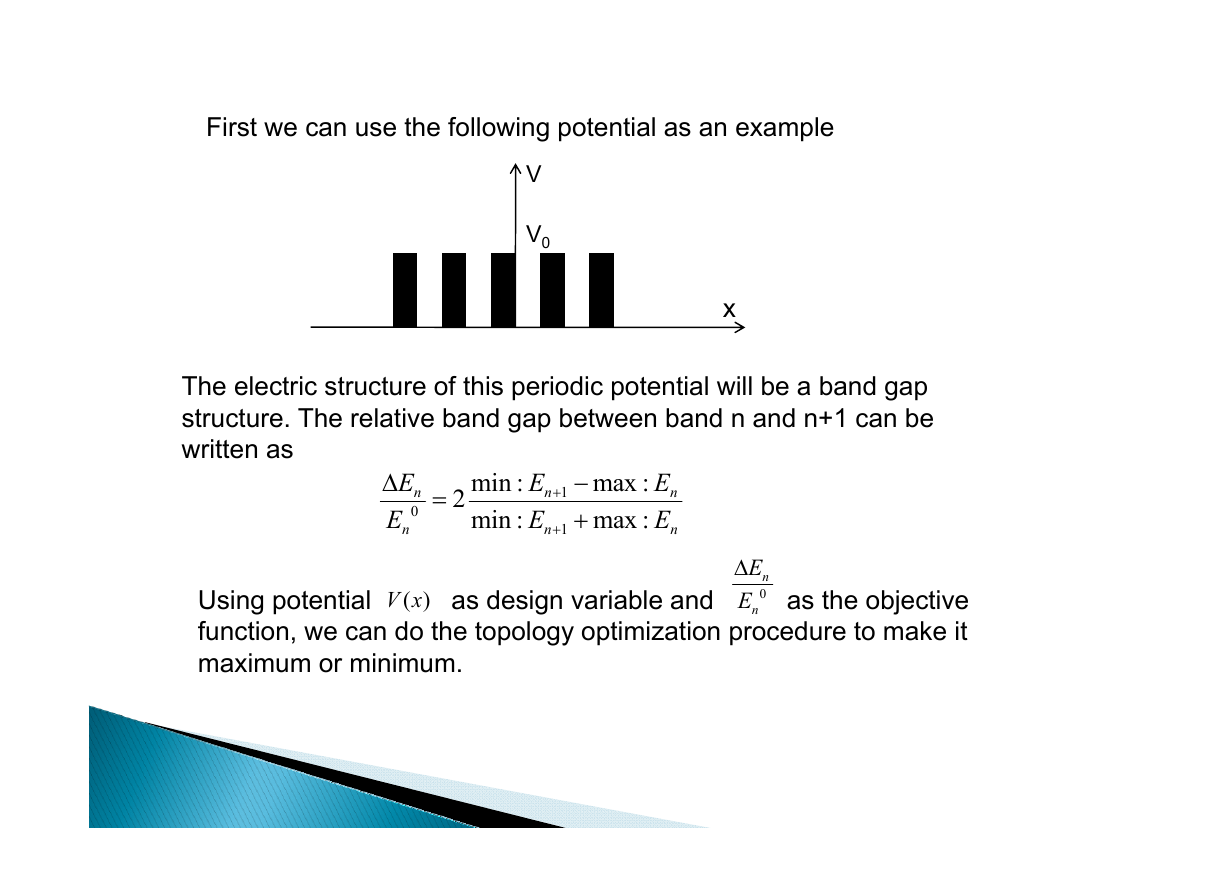
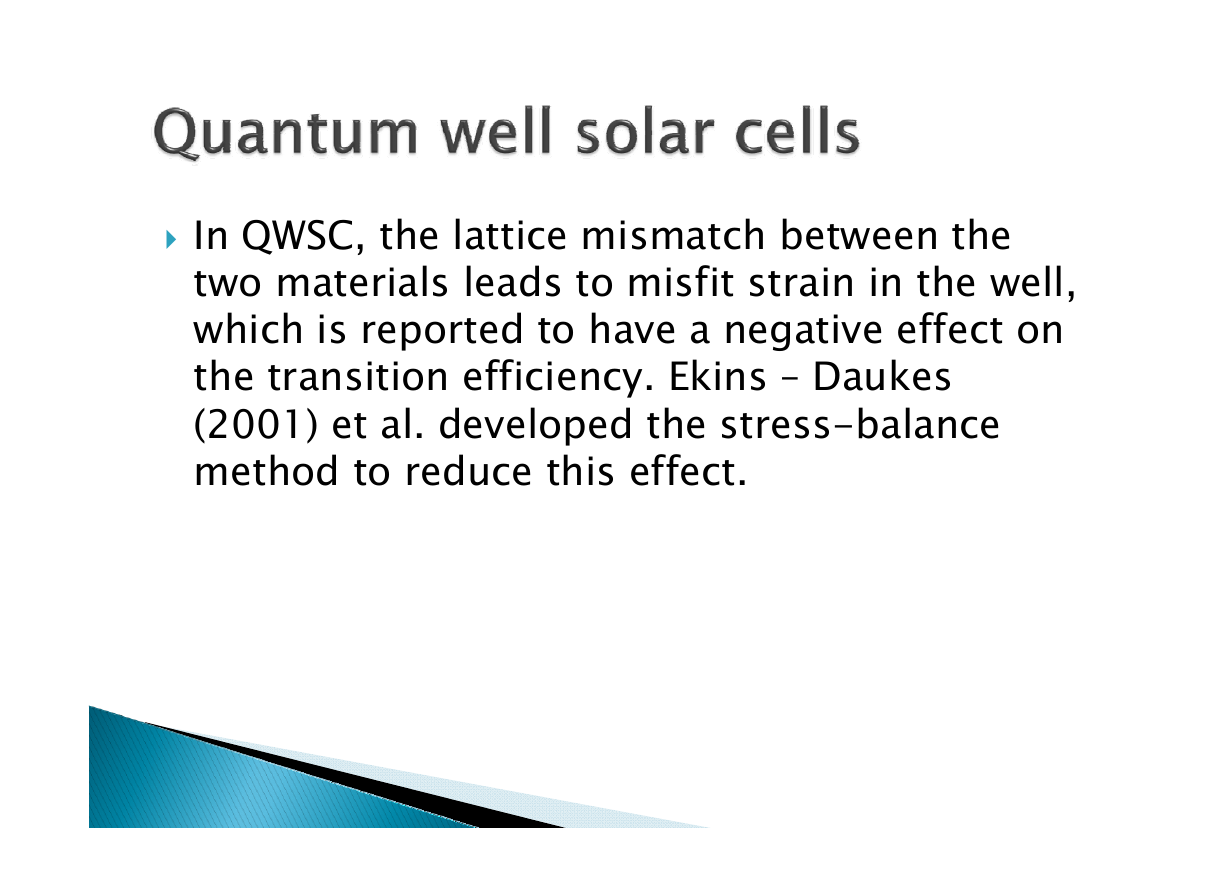
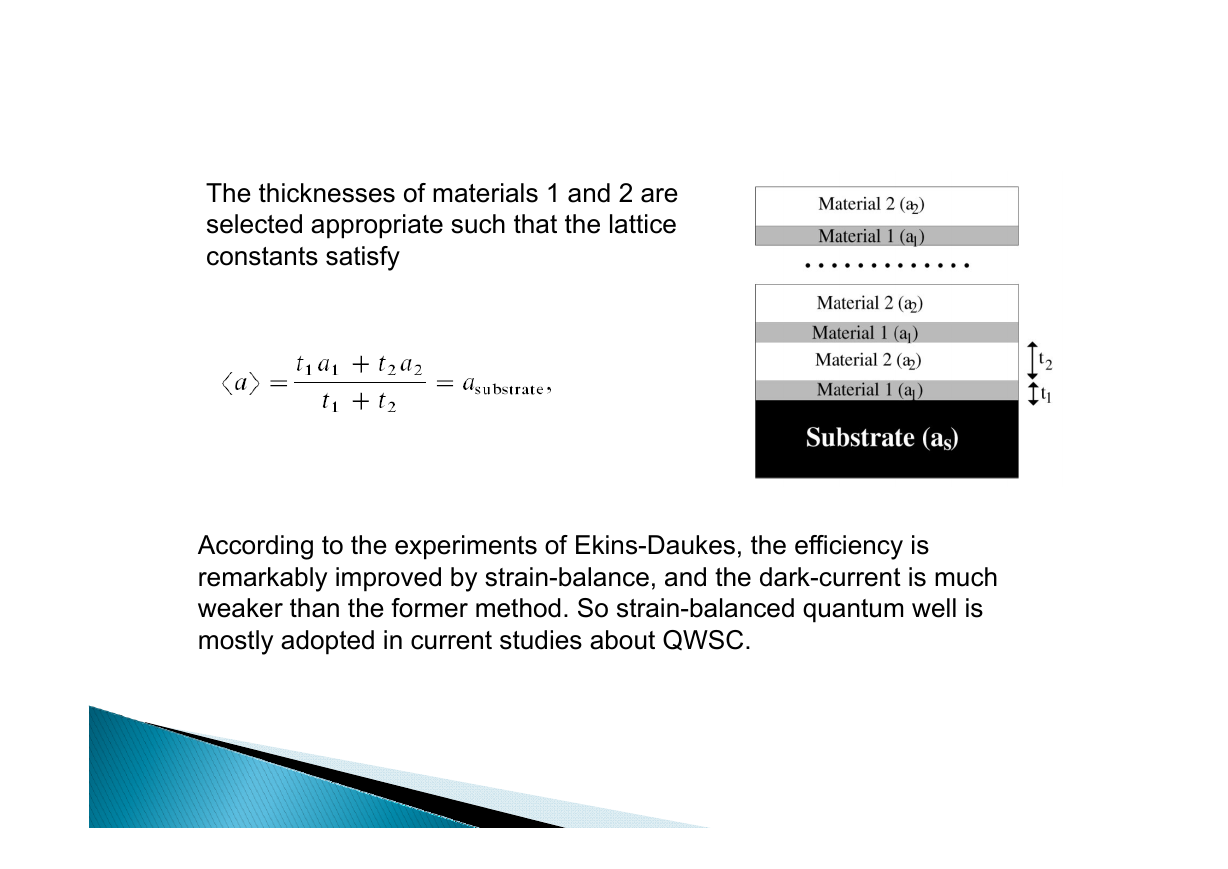
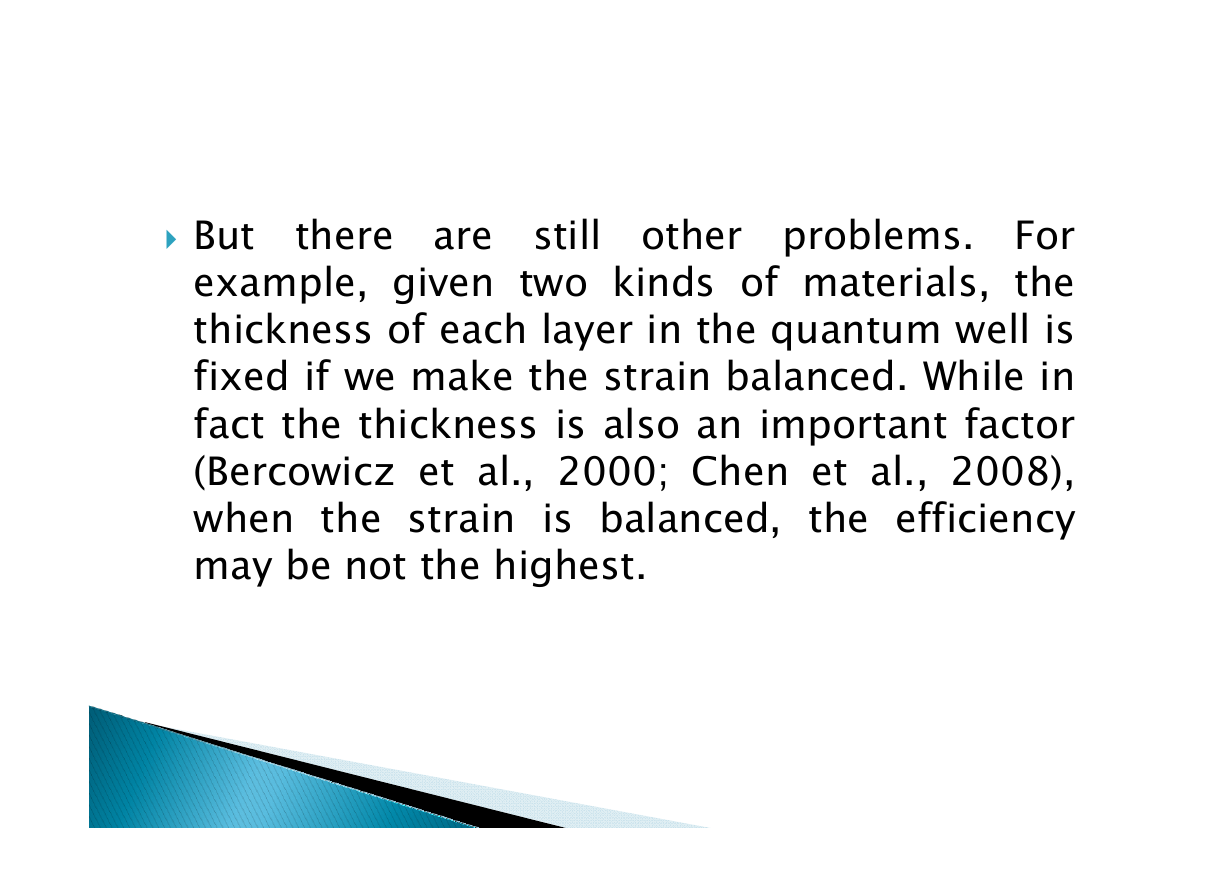








 2023年江西萍乡中考道德与法治真题及答案.doc
2023年江西萍乡中考道德与法治真题及答案.doc 2012年重庆南川中考生物真题及答案.doc
2012年重庆南川中考生物真题及答案.doc 2013年江西师范大学地理学综合及文艺理论基础考研真题.doc
2013年江西师范大学地理学综合及文艺理论基础考研真题.doc 2020年四川甘孜小升初语文真题及答案I卷.doc
2020年四川甘孜小升初语文真题及答案I卷.doc 2020年注册岩土工程师专业基础考试真题及答案.doc
2020年注册岩土工程师专业基础考试真题及答案.doc 2023-2024学年福建省厦门市九年级上学期数学月考试题及答案.doc
2023-2024学年福建省厦门市九年级上学期数学月考试题及答案.doc 2021-2022学年辽宁省沈阳市大东区九年级上学期语文期末试题及答案.doc
2021-2022学年辽宁省沈阳市大东区九年级上学期语文期末试题及答案.doc 2022-2023学年北京东城区初三第一学期物理期末试卷及答案.doc
2022-2023学年北京东城区初三第一学期物理期末试卷及答案.doc 2018上半年江西教师资格初中地理学科知识与教学能力真题及答案.doc
2018上半年江西教师资格初中地理学科知识与教学能力真题及答案.doc 2012年河北国家公务员申论考试真题及答案-省级.doc
2012年河北国家公务员申论考试真题及答案-省级.doc 2020-2021学年江苏省扬州市江都区邵樊片九年级上学期数学第一次质量检测试题及答案.doc
2020-2021学年江苏省扬州市江都区邵樊片九年级上学期数学第一次质量检测试题及答案.doc 2022下半年黑龙江教师资格证中学综合素质真题及答案.doc
2022下半年黑龙江教师资格证中学综合素质真题及答案.doc